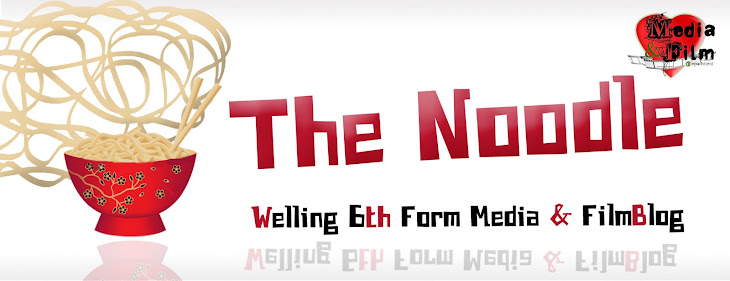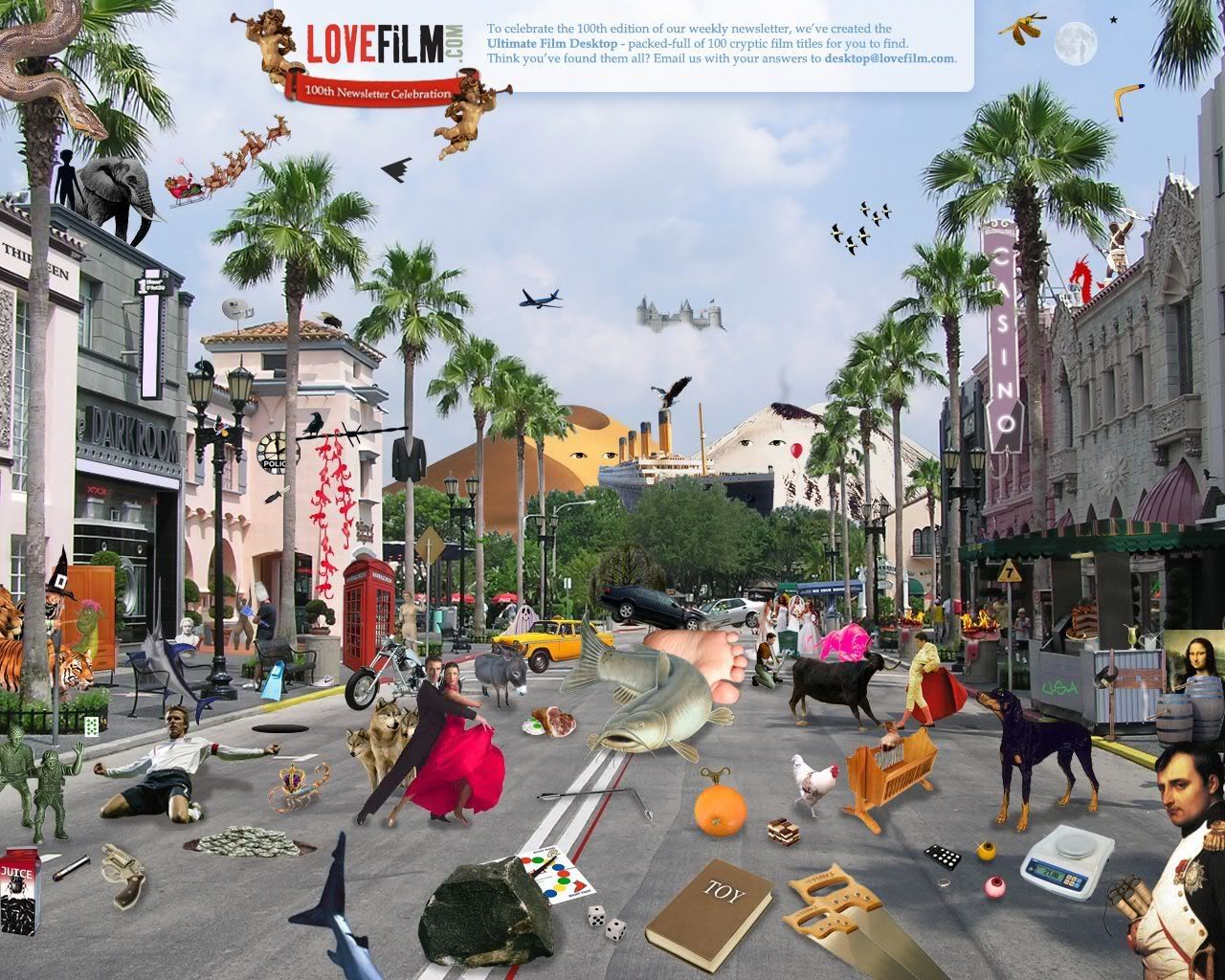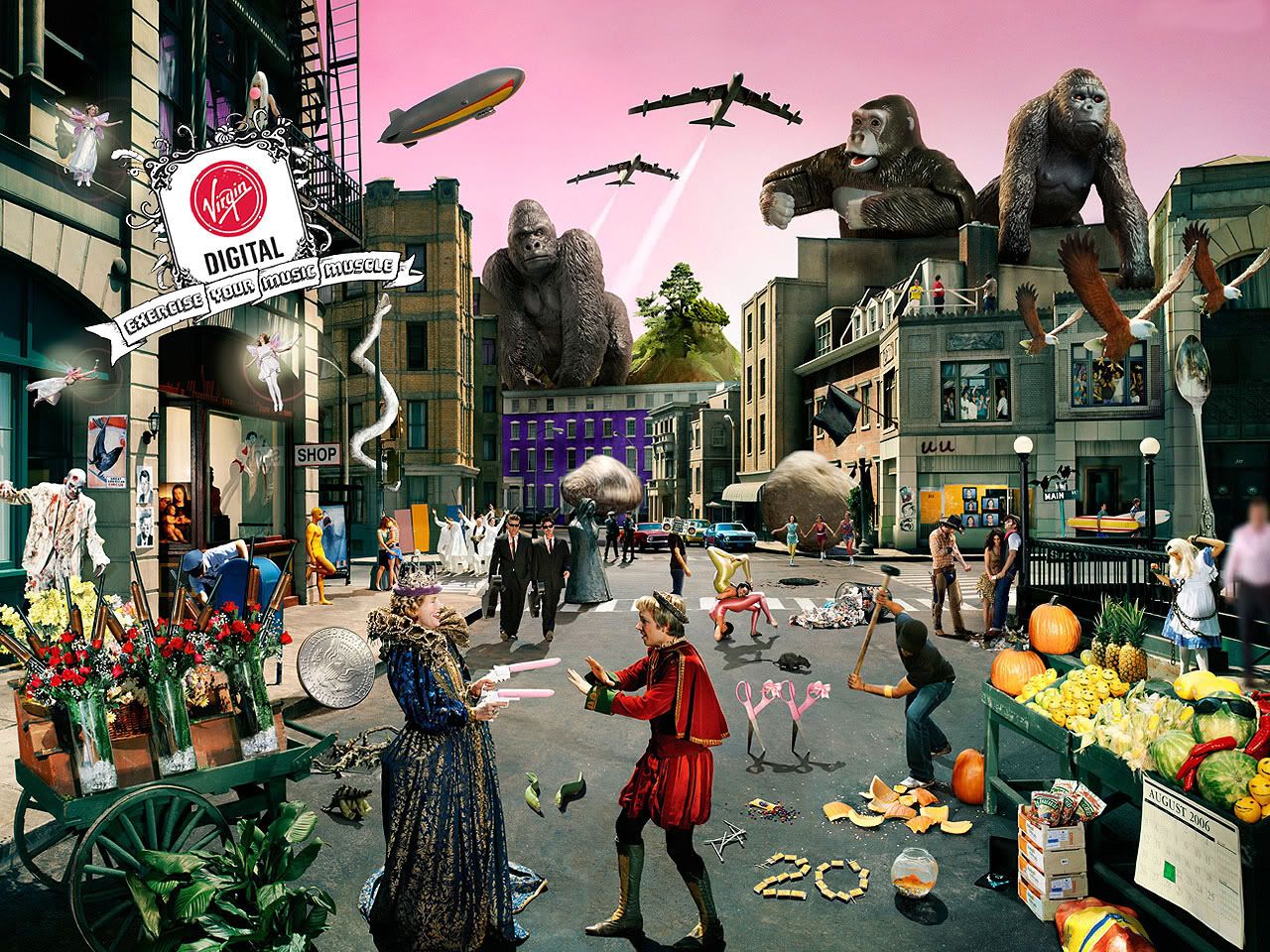Some thought provoking questions to frame your viewing of Metropolis, Fritz Lang
1. What are the binary oppositions evident in the film, and how do they become involuted (i.e., fold in on themselves) by the end?
2. How do the opening moments of the film create an ideological argument about industrial/post-industrial life?
3. What visual motifs are emphasized? Why?
4. How are the characters established? Name them and trace Lang's presentation of them visually.
5. How is city space imagined? Explain the nature and function of the vertical presentation of urban space in the film. How is this design element vitally connected to the plot and issues of the film?
6. How is the industrial context of modern city life presented and understood in the film?
7. How does the film use Marxist motifs to critique capitalism?
8. How is the issue of power treated in the film's design and lighting?
9. In what ways does the film comment on the nature of work in the industrial metropolis?
10. How does the film use the images and metaphors of the Babel story?
11. How does the film use science fiction to interrogate the industrial city? Discuss the "mad scientist" Rotwang. Discuss the "robot Maria."
12. How are acting, makeup, lighting, and script used to distinguish the Evil Maria from the Good Maria? List the traits of each character. How arethese distinctions related to gender stereotypes?
13. Trace the biblical motifs (Tower of Babel, floods, Edenic tropes, and Christian imagery) in the film. How are the architectural designs on the cathedral doorway brought to life? Why?
14. Describe the surrealistic techniques used by the film to show Freder's breakdown and the breakdown of civil society.








